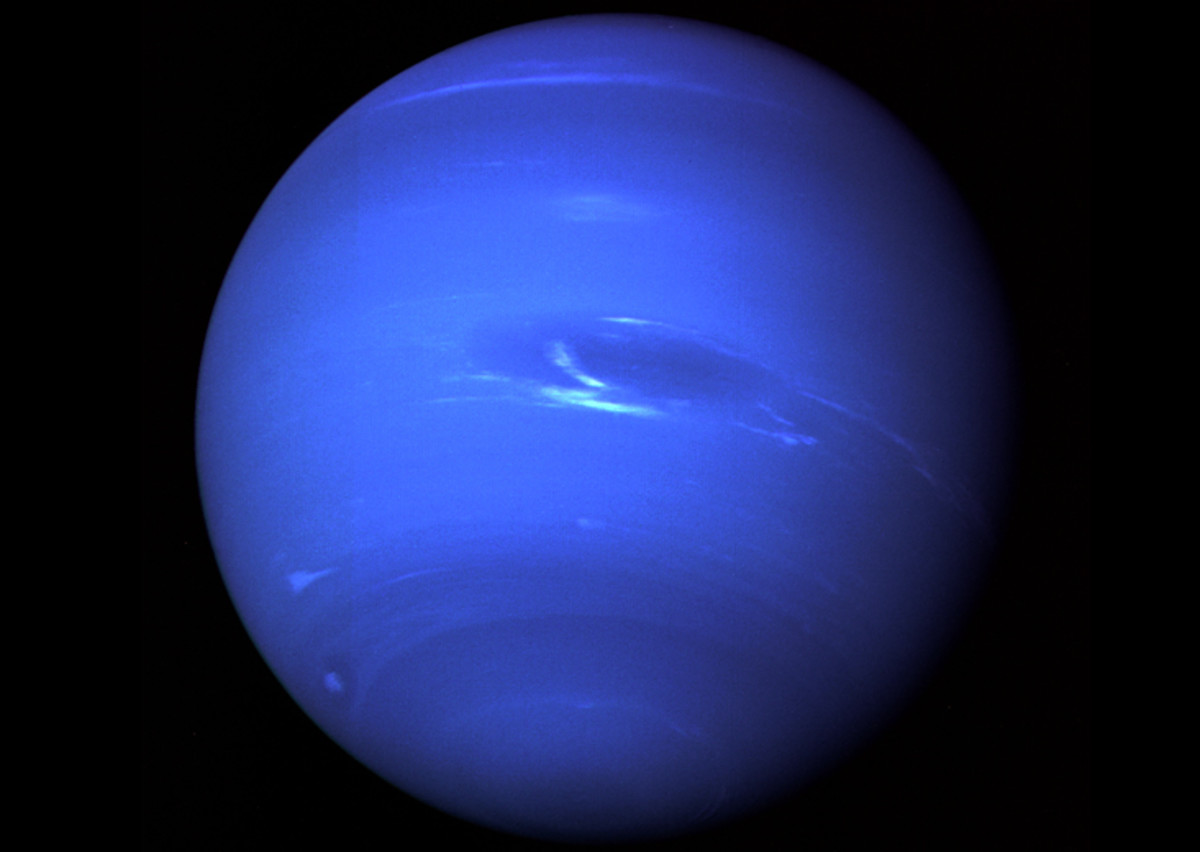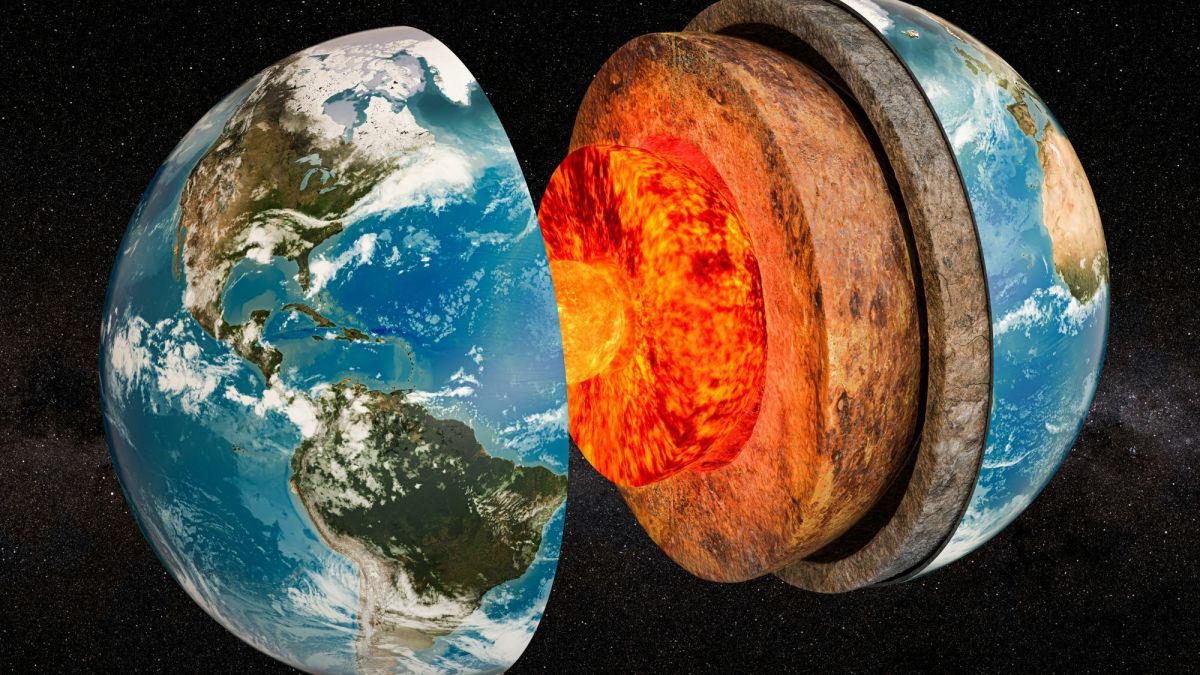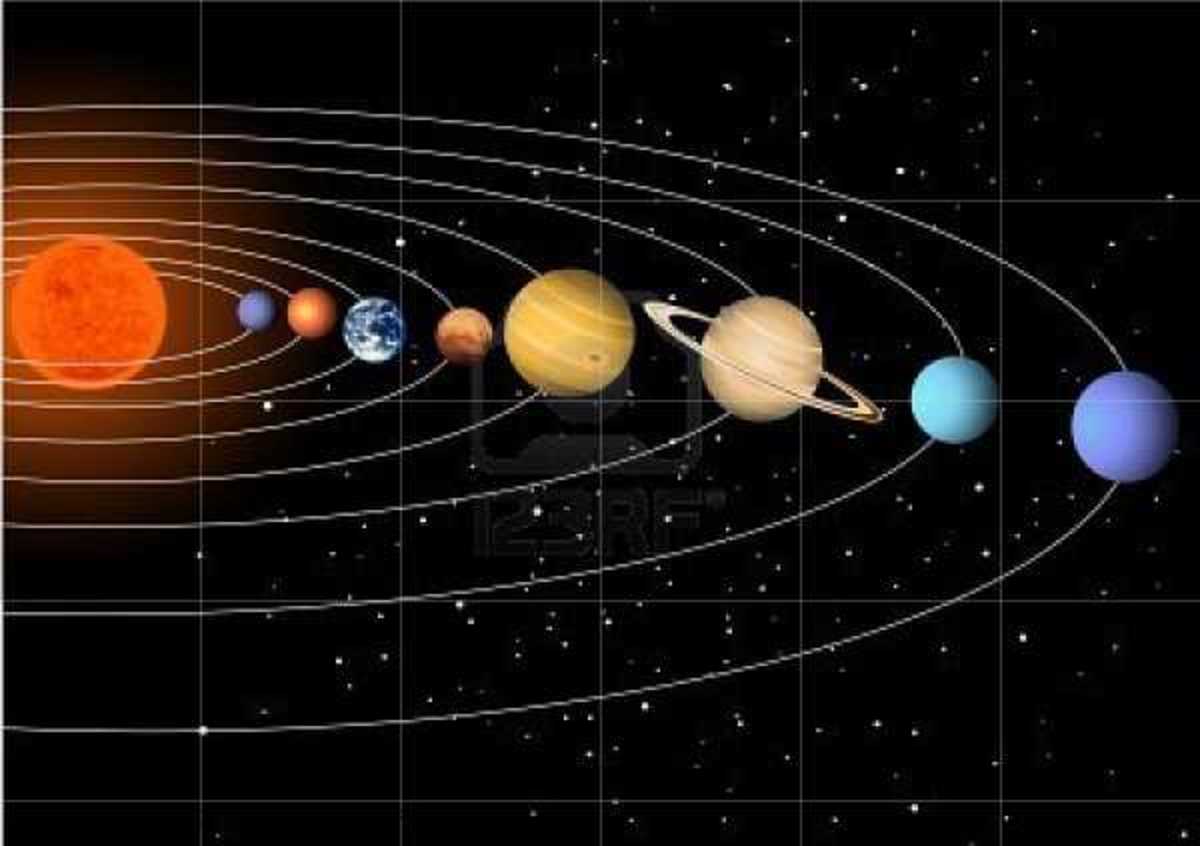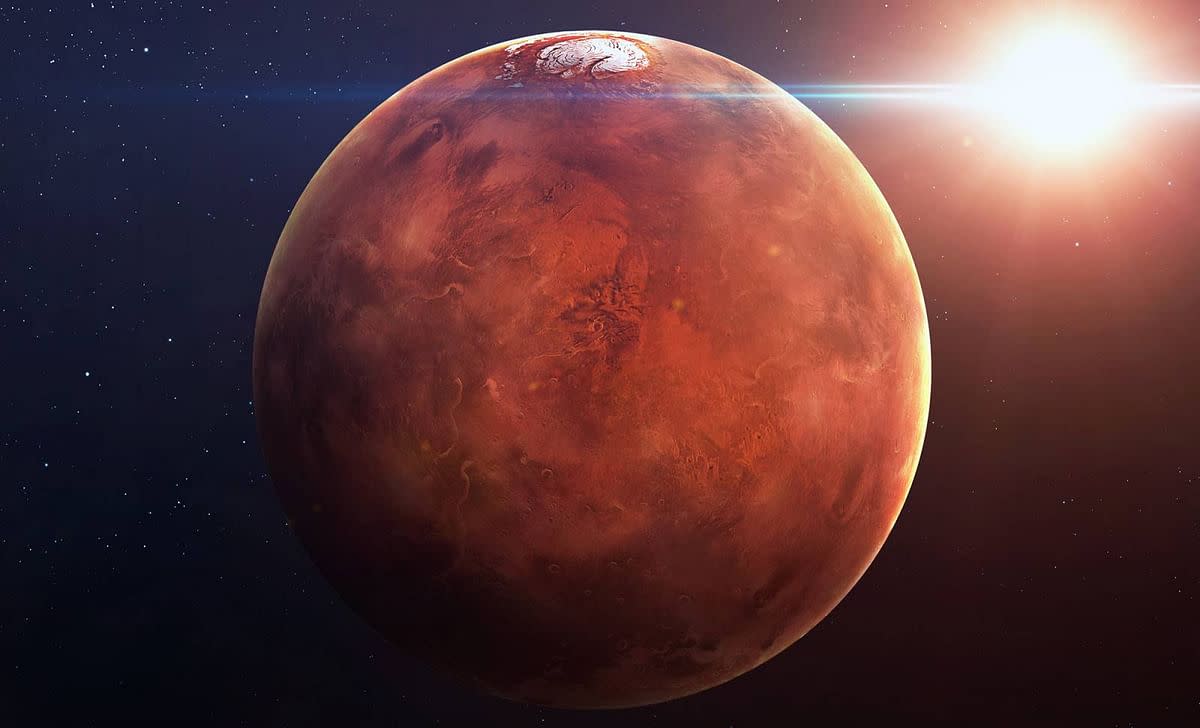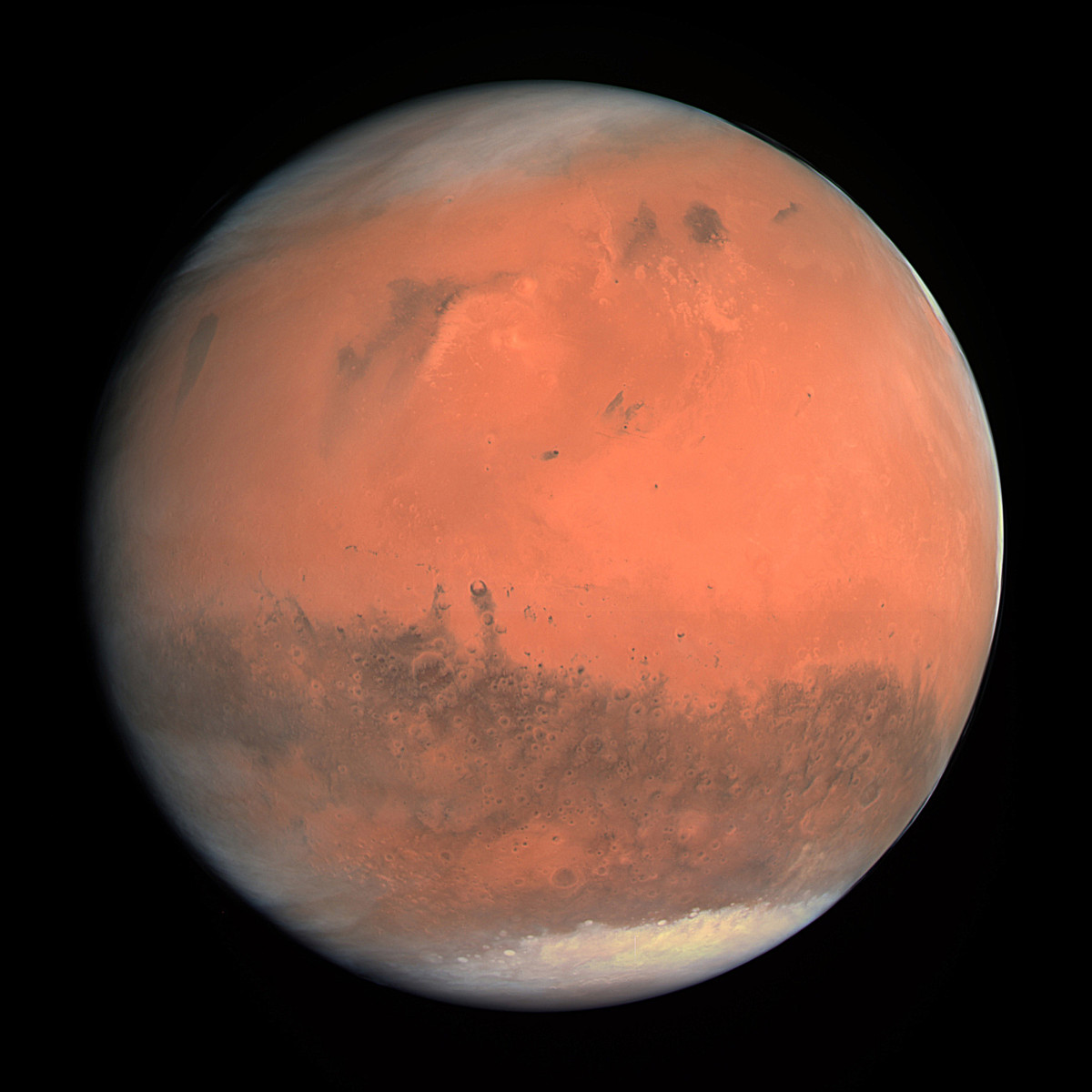Earth Vs. Mars: Comparative Planetology Basics
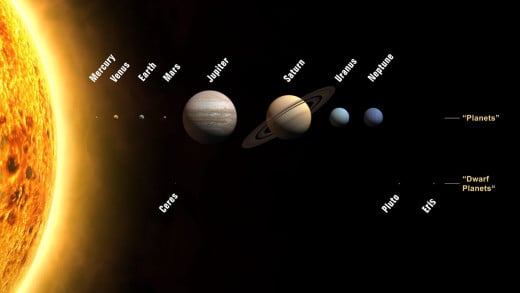
By Joan Whetzel
Are Earth and Mars sister planets as they have sometimes been called? Mars shares many similarities with Earth; things like a magnetic field, tectonic drift, ice caps, hot internal core, volcanoes, and mountains. In fact, it shares more similarities with our planet than any of the other planets in the solar system. There are the obvious differences between the two planets, though, including their size, mass, gravitational pull, distance from the sun, rotation and revolution, moons, and atmosphere.
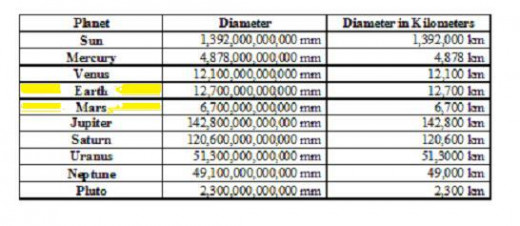
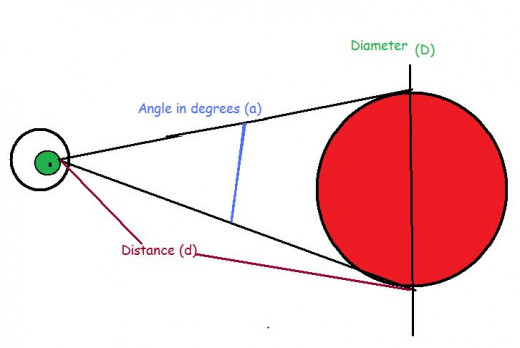
Size
The Sun and planets (including Pluto for those who still wish to consider it a planet) appear as spheres of various sizes. Viewing them from the Earth's surface, it can be difficult to fathom the size differences, even between Earth and Mars. Scientists have been able to establish a fairly accurate way of estimating the actual size of each planet by determining the angle diameter (or the angle between two lines of sight along each side of the object) and the distance between the viewer and the planet. So if the viewer is looking at Mars from the Earth's surface, use the distance between the Earth and Mars. The equation for determining the diameter of Mars (while looking at it from the Earth's Surface ) would be: D (diameter) = 2π x d (distance to Mars) x a (the angular size of Mars in degrees). It has been determined that Earth is 12,700 km (7,891.414141) and Mars, at 1/10th of Earth's diameter, measures 6,700 km (4,163.186988 miles).
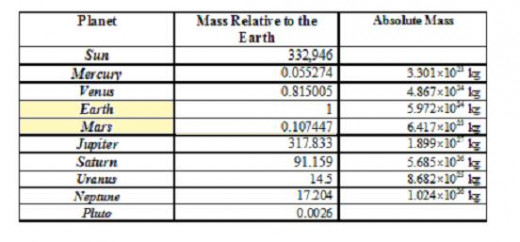
Weight / Mass
To determine another planet's mass, scientists compare the planet to what they know about Earth. This works better with the terrestrial planets like Mars than it does with the gas giants. Planets within our solar system are measured as solar mass (the mass of the sun) which is an astronomical system of units measurement. Scientists have concluded that the Earth's mass is approximately 5.972×1024 kg and that Mars weighs in at 6.417×1023 kg, which is about 0.107447 compared to Earth's mass.
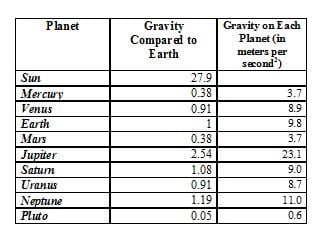
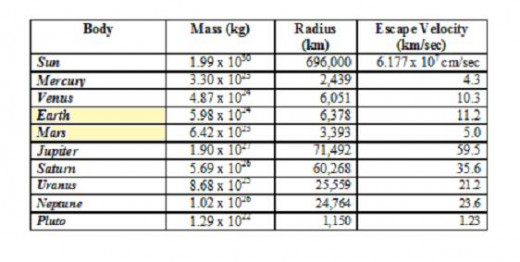
Gravitational Pull and Escape Velocity
Each planet's gravitational pull plays a role in how much things weigh on that planet's surface as well as escape velocity. (Find out what your "Weight on Other Worlds" would be at Exploratorium http://www.exploratorium.edu/ronh/weight/). Escape Velocity is the amount of speed required to overcome a planet's gravitational pull and is based on each planet's mass and radius. This gives Earth an escape velocity of 11.2 km/sec (6.959357353 miles per second) and Mars an escape velocity of 5.0 km/sec (3.106855961 miles per second).
The gravitational pull for each planet is defined as its attraction to other objects based on its gravity, or the speed at which it would take objects to fall to the planet's surface. It is generally measured in meters per second. To establish a planet's gravitational pull, scientists first must determine the mass of both the planet and the object of its attraction (a person, a space craft trying to leave the surface, a moon). The mass of both objects (m1 and m2) are multiplied together and then multiplied by the universal gravitational constant (G). This product is then divided by squared-distance between the planet and object (d2). So the force of gravity (F) equation looks like this:
F = (G x m1 xm2) ÷ d2
Usingthis equation, the Earth has been found to have a gravitational pull of 9.8 m/s2 (about 32 ft/ s2) and the gravitational pull of Mars comes in at 3.7 m/s2 (about 12 ft/ s2).

Distance from the Sun
Distance from the Sun is measured in light years, which is the distance it takes light to travel in 1 year. One light year is equivalent to 587,625 million miles (9,460,730 million kilometers), which is just shy of 6 trillion miles or 10 trillion kilometers. The above table illustrates the conversion rates between different measurements of distance. Miles and kilometers are generally used on a planet's surface, where as light years, parsecs, and Astronomical Units (A.U.s) are used to measure distances in space which would be ridiculously huge if kilometers and miles were used as a measurement. Measuring it all out, the Earth travels around the Sun at an average distance of 0.00001582002493716235 light years which is the equivalent of 93,000,000 miles or 1 A.U. The distance between Mars and the Sun is approximately 0.000024155306893301653, which about the same as 142,000,000 miles or 1.52 A.U.
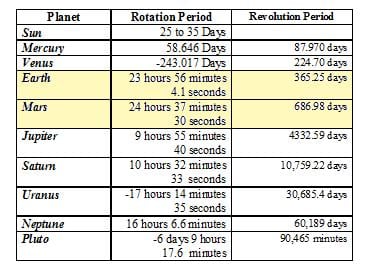
Rotation and Revolution
Planetary rotation is defined as the amount of time it takes for a planet to make one complete turn around its axis - or one day in the life of a planet. For Earth, 1 rotation is 23 hours, 56 minutes and 4.1 seconds. One day on Mars is very nearly the same length as an Earth day, measuring 24 hours, 37 minutes and 22.66 seconds, which equates to only about 40 minutes longer.
A revolution is the amount of time it takes each planet to travel around the Sun, or the planet's year. One Earth year (1 revolution) last 365.25 days, whereas Mars years are almost twice as long, lasting 686.98 days.
Moons
Earth has only one moon at 384,400 km from the Earth. The moon has a circumference of 10,917.0 km at the equator, a mass of 73,476,730,924,573,500,000,000 kg, and an escape velocity of 8,552 km/h. The moon's surface temperature is about -233/123 °C (-387/253 °F). Earth's moon is considered to be a captured meteor, meaning it was originally a meteor that was pulled into Earth's orbit by the planet's gravity.
In contrast, Mars has two moons, Phobos (7.5 miles in diameter) and Deimos (13.7 miles in diameter). They are generally believed to have started life as asteroids that held in orbit around Mars orbit by its gravity field.
Atmosphere
Earth's atmosphere consists of mainly nitrogen (78%) and oxygen (20%), with the rest of the atmosphere made up of carbon dioxide, argon, helium, water vapor, and argon. Mars, on the other hand, has atmosphere consisting of a thin layer of mostly carbon dioxide (95%), with small amounts of nitrogen, argon, oxygen, and water vapor. Earth has average temperatures ranging from -127°F (-88.333333333333340 C) to 136°F (57.777777777777780 C). Mars has a more extreme temperature range, average -1000C (-1480 F) to 00 C (320 F).
Resources
Astroprof's Page. Escape Velocity.
http://astroprofspage.com/archives/1554
Jessa, Tega. Universe Today. Escape Velocity.
http://www.universetoday.com/34051/escape-velocity/
Wikipedia. Light-Year.
http://en.wikipedia.org/wiki/Light-year
NASA. What Is a Light Year and How Is it Used?
http://starchild.gsfc.nasa.gov/docs/StarChild/questions/question19.html
Free Mars. The Sun and Planets to Scale.
http://www.freemars.org/jeff/planets/planets5.htm
Exploratorium. Weight on Other Worlds.
http://www.exploratorium.edu/ronh/weight/
Wikipedia. Planetary Mass.
http://en.wikipedia.org/wiki/Planetary_mass
Lunar and Planetary Institute. Planet Sizes - Part I.
http://www.lpi.usra.edu/education/explore/solar_system/activities/planetSizes.shtml
Answers.com. What is the Difference Between a Planet's Rotation and a Planet's Revolution?
Planet Facts. Orbit and Rotation of Mars.
http://planetfacts.org/orbit-and-rotation-of-mars/
Physical Geometry. Earth Sun Geometry.
http://www.physicalgeography.net/fundamentals/6h.html
NASA. Earth's Moon Facts and Figures.
http://solarsystem.nasa.gov/planets/profile.cfm?Object=Moon&Display=Facts&System=Metric
Starry skies. The Moons of Mars: Phobos and Deimos.
http://starryskies.com/solar_system/mars/mars_moons.html
MS Nucleus. Universe Cycle - Solar System (5) Post Lab.
http://www.msnucleus.org/membership/html/k-6/uc/solar_system/5/ucss5_3a.html
Cessna, Abby. Universe Today. Atmosphere of the Planets.
http://www.universetoday.com/35796/atmosphere-of-the-planets/
Kids Astronomy. The Moons of Mars.
http://www.kidsastronomy.com/mars/moons.htm
AstroEarth. Mars Earth's Sister Planet?
http://www.astroearth.net/mars-earths-sister-planet-/
Astronomy Notes. Determining Planet Properties.
http://www.astronomynotes.com/solarsys/s2.htm
Selligman, Dorothy. Online Astronomy e-Text. Rotation Period and Day Length.

